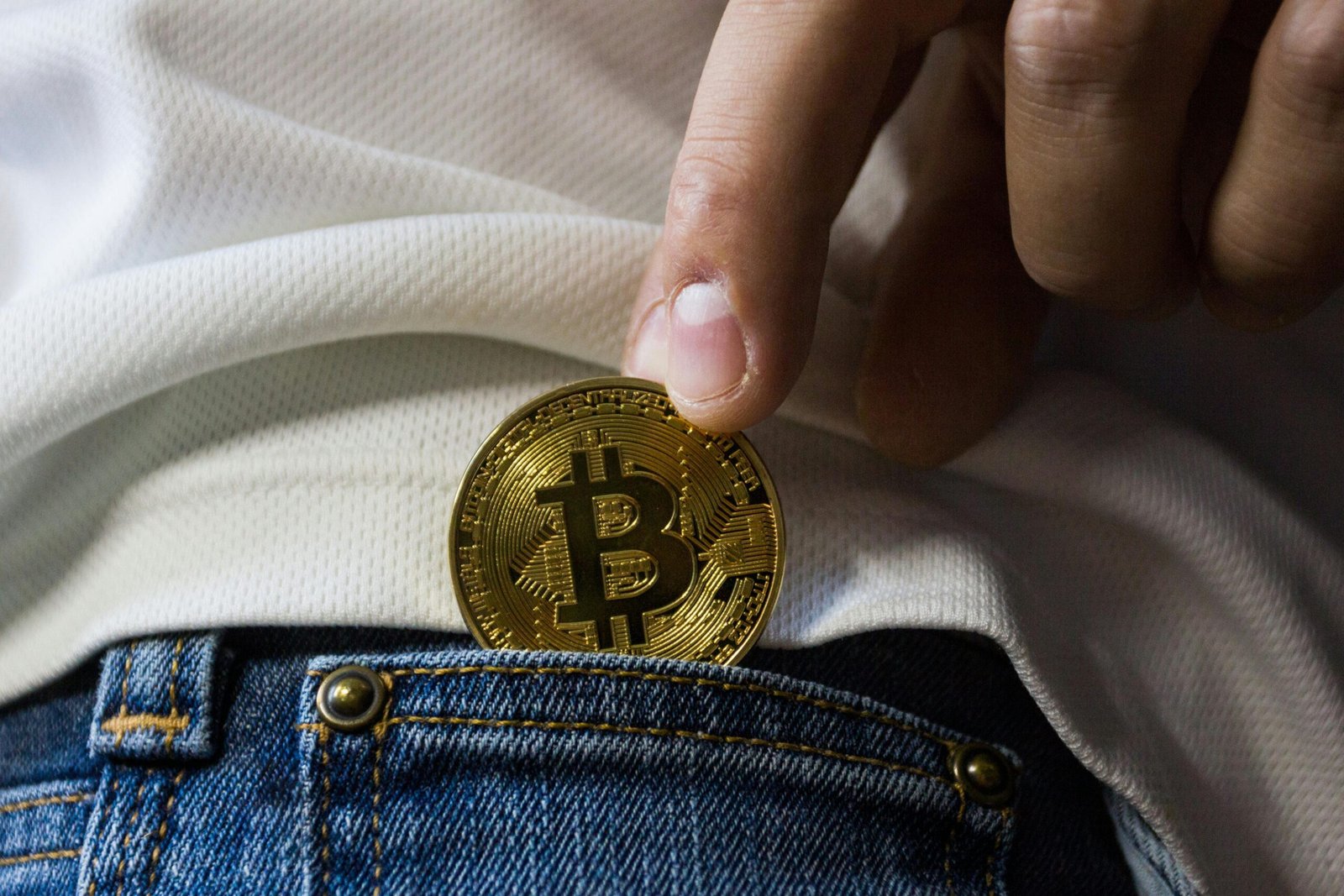Have you ever wondered about the future of transactions where you don’t have to worry about pesky gas fees that seem to pop up at the worst times? This is becoming a reality thanks to the concept of gasless transactions. It’s a fascinating topic that combines elements of decentralization and user empowerment, heralding a shift in how traditional and digital finance operate. Hang tight as we unravel what gasless transactions mean and how they might shape your financial experiences in the not-so-distant future.
Understanding Gasless Transactions
To start, let’s clarify what gas fees are and how their removal could be beneficial for you. Gas, in the context of blockchain, represents the computational effort required to process transactions or smart contracts on the Ethereum blockchain and other similar platforms. Every computation or transaction made on these networks needs to be validated, and this requires miners or validators who are compensated for their work in the form of gas fees.
When transactions become gasless, it means you no longer have to pay those fees directly. Instead, gas fees are abstracted or subsidized, enabling transactions without you needing to hold native currency, like ETH in your digital wallet. This approach could lower barriers to entry for users uninterested in the intricate workings of blockchain transactions.
How Gasless Transactions Work
Gasless transactions work through a principle called “meta-transactions.” Here’s a simplified breakdown to help you envision it:
- Meta-Transaction: You initiate a transaction that includes a request for someone else to pay the gas.
- Relayers: A third-party service, called a relayer, takes your request and handles the gas payment in exchange for some other form of compensation. This could be a service fee or some form of in-kind value.
- Contracts: The backend smart contracts facilitate the transaction, ensuring all parties fulfill their part – you get your transaction processed without paying gas directly.
This approach encourages broader adoption by removing the necessity for users to maintain custody of Ethereum tokens just for transaction fees.

Why Gasless Transactions Matter
You might wonder why a gasless approach is significant. There are several reasons, which are essential in both understanding the broader relevance and considering your everyday experiences:
- User Experience: Simplifies user experience by eliminating a hurdle that can be intimidating and cumbersome, especially for those new to blockchain technology.
- Adoption: Lowers the entry barriers for utilizing blockchain apps, encouraging more participants and expanding the potential user base.
- Efficiency: Streamlines processes by bundling transactions, which can enhance efficiency and reduce network congestion.
Removing barriers to entry encourages more widespread usage and can demystify blockchain technology for everyday users like yourself.
Challenges Faced by Gasless Transactions
As with any innovative technology, gasless transactions face challenges. Here are a few you might want to consider:
- Security Concerns: Ensuring that relayers operate with integrity and that transactions remain secure is crucial.
- Market Dynamics: The gas abstracted must still be accounted for, often transferred to another party, necessitating transparent and sustainable economic models.
- Regulation: As the financial world adapts to blockchain, regulatory bodies are closely watching developments to ensure compliance with legal standards.
Navigating these challenges successfully will be crucial for the widespread adoption of gasless transactions.

The Role of Synthetic Assets in Gasless Transactions
In the discussion of financial technology innovations, synthetic assets can’t be ignored. Synthetic assets are financial instruments composed of one or more derivatives that mimic other instruments’ values. They play a pivotal role in the ecosystem of gasless transactions by providing alternatives that align with user demands for flexibility and decentralization.
What Are Synthetic Assets?
Synthetic assets are digital representations that mimic other assets’ values on the blockchain, from traditional stocks to foreign currencies. They provide the ability to own a “synthetic” version of an asset without actually having to possess the physical one. Synths, as they are often called, allow you to interact with real-world assets on decentralized platforms without intermediaries.
How They Enhance Gasless Transactions
Synthetic assets intersect with gasless transactions by promoting a more seamless and fluid financial marketplace:
- Liquidity: Synthetics can enhance liquidity, making it easier to trade a vast array of assets without moving into different platforms or financial networks.
- Access: Provides access to a broader range of financial products, some of which may not be available in certain jurisdictions due to restrictions.
- Decentralized Finance (DeFi): Synths often form the backbone of various DeFi platforms, which prioritize removing intermediaries like brokers.
The integration of synthetic assets with gasless transactions allows for expanded possibilities within the decentralized financial ecosystem.
Benefits and Opportunities
You might be pondering about the benefits or opportunities that gasless transactions with synthetic assets can bring:
- Cost-Effective Trading: Reduced fees lead to savings and the potential to trade more frequently without cost concerns.
- Innovation in Financial Services: Opens new avenues for creative financial instruments and services, ultimately serving user needs more effectively.
- Broader Participation: Encourages inclusion, allowing anyone with internet access to participate in complex financial dealings without previous experience.
Cutting transaction costs leads to more frequent and efficient trading, while also building pathways for financial service innovation.

Future Implications
As you look to the future, consider how these technologies might continue to evolve. Gasless transactions represent a shift towards more user-centric financial models, where ease of use, lower costs, and broader access play pivotal roles. Financial infrastructure will likely adopt these principles, driving mainstream adoption and paving the way for new paradigms in digital and traditional finance.
Cross-Border Transactions
With gasless models and synthetic assets, cross-border transactions become more streamlined and less costly. You can imagine a scenario where global trading incurs minimal friction, encouraging greater participation and innovations in international trade finance.
Predictive Financial Ecosystem
A shift towards a predictive financial ecosystem isn’t far-fetched considering gasless transaction models. With modern data analytics and blockchain transparency, platforms might anticipate your financial requirements and adjust transaction models accordingly, powering intelligent financial decisions.
Conclusion
Navigating gasless transactions and synthetic assets offers a unique lens into the future of finance. While tackling some challenges, it heralds a promising shift that prioritizes accessibility and efficiency. As these technologies continue to develop, it’s likely you will witness considerable shifts in how financial products and services are delivered, ultimately transforming your experience.
The essence of a gasless future lies in its potential to revolutionize financial infrastructures across the globe, fostering a more inclusive, transparent, and user-friendly environment that benefits everyone involved. Keep watch as this exciting paradigm shift unfolds and reshapes the landscape of financial transactions.

